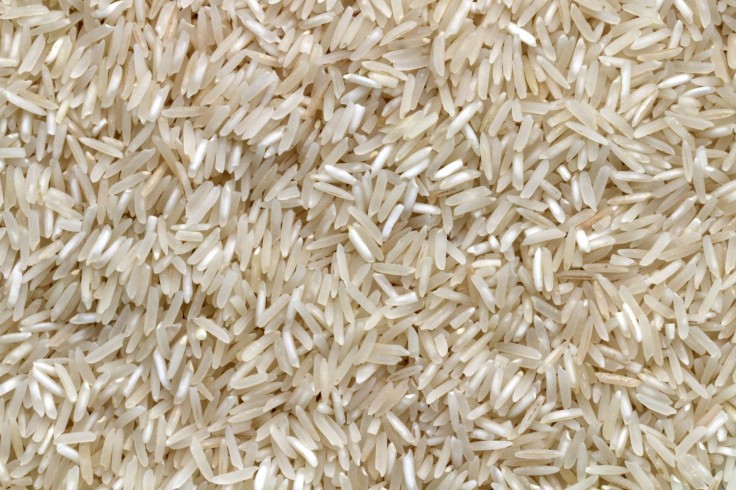
Since man has stepped on the planet he has found ways to fend for himself. Whether this means looking for food or clothing. Everything has been done efficiently with the technology developed at the time. At this point, the world is progressing by the second. If you open your phone every few minutes you will notice another technology launching in the market. Due to the needs of mankind and the hunger to progress toward a larger society, basic needs are forgotten. The construction of buildings and carbon emission has led to a decrease in the basic necessities of life. Plants, crops, and wildlife is dying because of the adverse effects of technology.
Food is a basic necessity of life. During the past few years, farmers have been working on methods to increase rice yield. Rice is a staple food for billions of people on the planet as it is cost-friendly and fills the stomach. The real question is what is yield for rice? The record of the amount of rice that is produced in an area is called rice yield.
Factors affecting rice yield:
Farmers have been working hard to produce rice efficiently in the past few years. It is a staple crop and is enjoyed by people all over the world which is why increasing the yield is necessary. Here are some factors that have helped in increasing the yield of rice for years:
Development of high-yielding rice variables: Scientists have developed new rice varieties that are more productive and can withstand environmental stresses such as drought and disease.
Application of fertilizers: Proper application of fertilizers can improve soil fertility, increase nutrient uptake by plants, and boost rice yield. Instead of using traditional fertilizers using toxic materials, sustainable fertilizers are used. This has bought a big change in the production of rice.
Water management practices: Rice is a water-intensive crop and needs nutrition to grow. Proper water management is crucial for increasing the rice yield. Better irrigation and water conservation practices have contributed to increased rice yield. Water channels are made to increase the flow of water.
Use of mechanization: Mechanization, including the use of tractors and other farm machinery, has made rice farming more efficient and less labor-intensive. Investing in good machinery is the key to maintaining good crops. This investment has helped many farmers and will benefit people worldwide.
Improved pest management practices: Pests and diseases can significantly reduce rice yield. The use of pest management practices, including biological control, has helped to reduce crop losses. Sustainable materials are used in creating medicines for pests which are considered more effective for ending pests on crops.
Use of precision farming: Precision farming involves using technology such as GPS and remote sensing to monitor crops and adjust farming practices, leading to increased yield.
Adoption of conservation agriculture: Conservation agriculture practices such as no-till farming can help to reduce soil erosion and improve soil health. When the soil is healthy and it is getting the nutrition that it needs, rice yield is going to increase eventually.
Use of plant growth regulators: For the development and growth of plants, plant growth regulators are playing a key role. Rice crops are also showered with plant growth regulators to increase their production. This rice is then harvested when it is ready and sent to the market.
The increase in rice yield is due to a combination of factors that include improved varieties, better farming practices, and the adoption of new technologies. The development in technology and availability of resources has led to the creation of livelihood for farmers and food for the world.
© 2025 University Herald, All rights reserved. Do not reproduce without permission.








